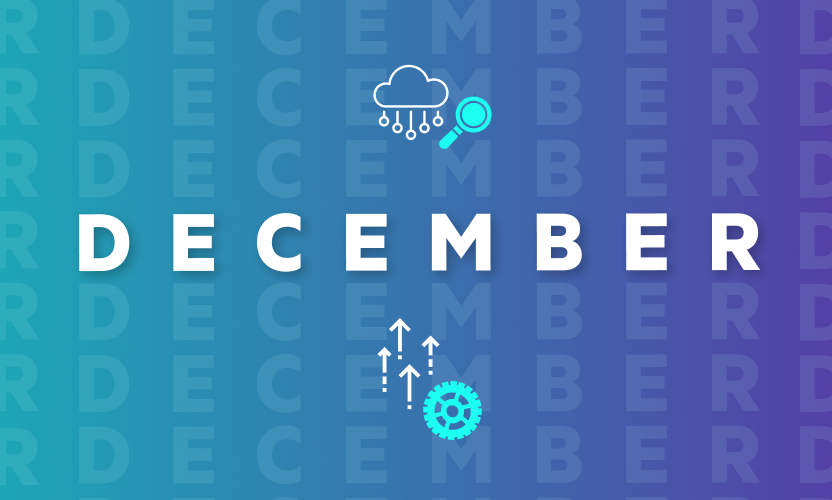Egnyte in the News
Egnyte Enterprise Local Cloud Taps VMware, Google Docs for Storage Flexibility
By Jason Brooks
October 25, 2010
Egnyte's hybrid cloud/local storage service is worth evaluating for organizations looking to cash in on the benefits of cloud-based storage without surrendering on-premises support.
Cloud-based applications and services promise to change, for the better, the way we manage our workloads and get things done. Of course, change can bring as many liabilities as benefits--take cloud-based storage, which can cut maintenance requirements, albeit at the cost of increased network latency.
With its lineup of "local cloud" products, the most recent of which is the ELC (Enterprise Local Cloud), hosted file sharing provider Egnyte sets out to deliver cloud computing services without sacrificing the beneficial bits of on-premises storage.
Egnyte's ELC consists of a Linux-based VM (virtual machine) that runs on a VMware virtualization host, keeping itself in sync with the files and folders stored in the cloud at Egnyte's data centers. This product, which was launched at VMware's VMworld conference in September, rounds out Egnyte's local cloud lineup that includes clients for synchronizing files with individual desktops or with certain Netgear NAS (network-attached storage) appliances.
Also recently added to the Egnyte product line was integration with Google Apps accounts, as well as support for uploading and accessing files stored in the cloud via FTP.
I took Egnyte's ELC for a spin on a VMware ESXi host running in our lab and accessed files stored on the ELC VM via Samba shares on Ubuntu 10.10 and Windows XP client machines. I found the product easy to configure, use and administer.
Egnyte's FTP access was straightforward enough, and its Google Apps integration performed as promised. I also tried out Egnyte's freely available client for iOS, which allowed me to upload and download files from the service.
All told, Egnyte is a service well worth evaluating for organizations looking to cash in on the benefits of cloud-based storage for smoother collaboration and simpler management without having to accept Internet-speed limits on files exchanged across the network at a particular site.
The edition of Egnyte's service that I tested was priced at $50 per month for 10 power users (users able to access files locally as well as over the Web), 250 standard users (Web-access only), and 1 TB of storage space. The ELC portion of the service added another $40 per month to the cost of the service as tested. For more pricing information, click here.
Egnyte Local Cloud in the Lab
I kicked off my tests of the ELC by pointing an ESXi 4.1 host running in our lab at an OVF template URL provided by the company. Once the new VM was in place, I added a virtual disk to the instance to serve as the storage volume for the new disk for use with the service. If I wanted to add more storage, I could do so by adding additional virtual disks to the VM.
The ELC VM is based on CentOS 5.4, so I was able to access it via SSH (secure shell), start and stop services and peruse log files as with any other Linux server, but the few administrative tasks required to get the product up and running were accessible through a Web-based console served up from the VM. I used the console to set up users to access the files on the ELC--I had the option of creating a list of users on the device or of integrating the VM with an Active Directory instance.
Joining the AD domain in our lab was easy enough, but, as has been the case with most of my adventures with Microsoft's directory and the open source Samba software for integrating with it, took me a few go-rounds before I had my settings correct and was able to see my AD users appear in the Web console. I mapped AD users to user accounts at Egnyte's hosted service but hit a snag when I attempted to access my shared files from Windows and Linux clients. My support contact at Egnyte suggested starting with a fresh instance of the VM to straighten out the twisted configuration course I'd trodden, but I shifted over to the local user option instead.
I wrapped up the setup process by linking my ELC to my test account at Egnyte, and I synchronized my local instance with files I'd already uploaded to the service. I could trigger a sync from a Web console on the VM, as well as configure the VM to sync with the service at a particular interval. I was also able to select which cloud-based folders to sync down to my ELC. This would enable me to access different sets of files from ELC instances at different sites.
The ELC instance exposed my shared files via a Samba share, which I had no trouble accessing from the Windows and Linux clients with which I tested. I was also able to reach my files stored in the cloud on Egnyte's service through a Webdav connection on my desktop or through the service's Web interface. In addition, Egnyte has added the option of uploading files to the service via FTP--a faster option for large files and a transfer protocol that many organizations are already using.
I was able to upload files using both FTP and FTPS without issue. I recommend the latter option where possible, to protect your Egnyte credentials. If FTPS won't work for a particular application, I'd suggest creating a separate Egnyte account for that process or application.
Alongside the old-school file transfer option of FTP, the Egnyte service now integrates with Google Docs as well. This feature, which is labeled as beta and is activated on a per-user basis, allowed me to view and, through a pop-up window on the Egnyte site, edit my existing Google documents using the standard Google Apps interface.
I was surprised to find, however, that I couldn't copy these Google Docs over to my storage space at Egnyte, which seemed like a good option for backing up these documents. Also, while my Google Docs showed up in the Egnyte interface, I couldn't use Egnyte-specific features with these documents, such as tagging or search.
A bit more useful was the Google Docs integration running the other way--I could edit the documents I'd stored with Egnyte using Google's apps. I tested this with a few of the documents I'd uploaded to Egnyte, and the feature worked as expected. Keep in mind, however, that modifying in Google Docs files created elsewhere may introduce formatting changes. Fortunately, Egnyte stores previous versions of edited documents, so it's possible to roll back from a disruptive edit.





